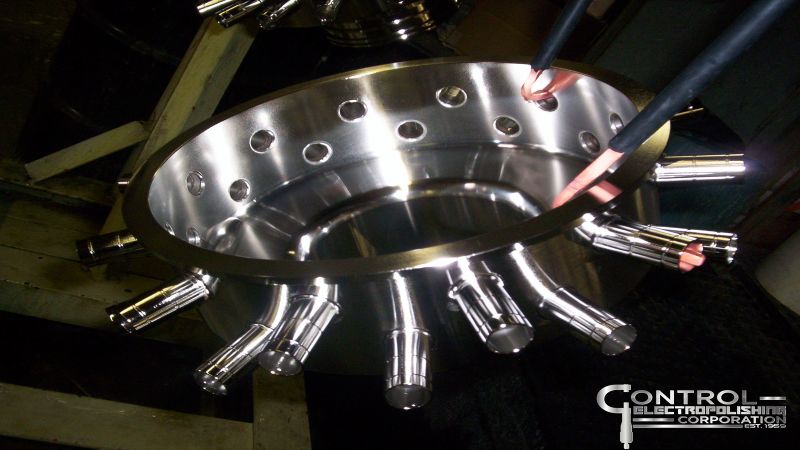
What is Thermal Conductivity, and Why is It Important? In the business of metal finishing, thermal conductivity plays a major role in the final product of the treated metal. But why is thermal conductivity important? Depending on the industry and other customer and industry specifications and guidelines, thermal conductivity determines its effectiveness and ability to […]
What is Thermal Conductivity, and Why is It Important?
In the business of metal finishing, thermal conductivity plays a major role in the final product of the treated metal. But why is thermal conductivity important? Depending on the industry and other customer and industry specifications and guidelines, thermal conductivity determines its effectiveness and ability to perform its function safely and effectively.
What is Thermal Conductivity?
To understand why thermal conductivity is so important to the outcome of your chosen metal finishing process, let’s start with a definition:
thermal conductivity (n): the degree to which a specified material conducts electricity, calculated as the ratio of the current density in the material to the electric field that causes the flow of current.
In other words, thermal conductivity can best be described as a rate measurement of heat flow through a given thickness of the metal or other material. Heat flow is particularly important to specific industries, such as the food and beverage and medical and surgical industries, where heat flow and transfer of metal parts are crucial to their function – for cooking or and sterilization, in these examples.
Choosing the Type of Metal That’s Right for You
Stainless steel is often the first-choice alloy for metals in the above referenced industries, and the electropolishing method of metal finishing is a fantastic choice for achieving an ultra-smooth and shiny surface that is corrosion-resistant and easily cleaned. The alloy may often compose the majority of the final metal product; however, other metals that are more conducive of heat can be crafted into the product as part of its function.
Of the more common metals, those that conduct heat the best are copper and aluminum. According to EDinformatics, “the electrons in metal are delocalized electrons and are free moving electrons so when they gain energy (heat) they vibrate more quickly and can move around, this means that they can pass on the energy more quickly.” So, as you explore the metal finishing options available, make sure to also consider the desired function of the finished product to ensure the incorporation of the appropriate heat conductors.
For more information on choosing the right types of metals for your project, contact us at Control Electropolishing today.